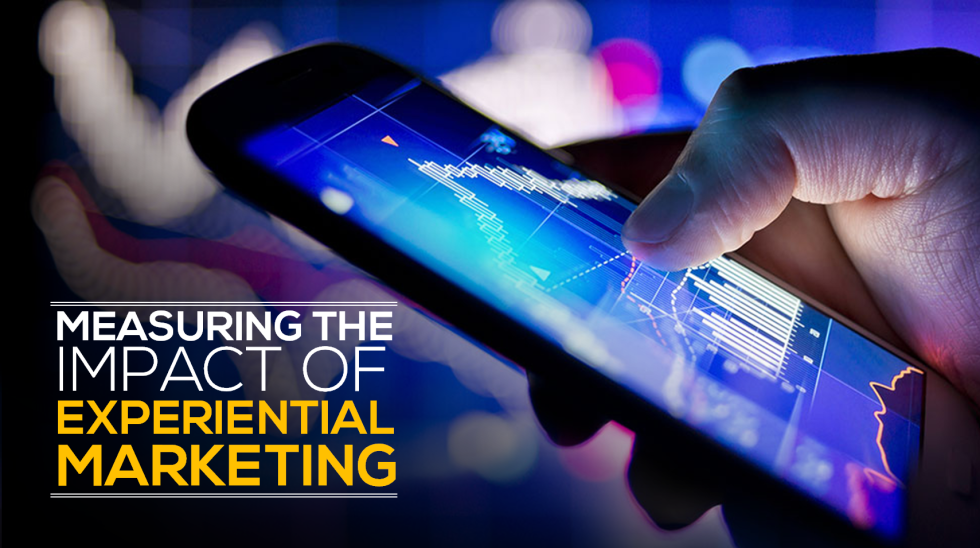One of the significant challenges in marketing events is, to estimate the impression of your experiential marketing campaign on the attendees. If it was for a website, estimating the ROI through Search Engine Optimisation activity and Pay-Per-Click advertising is comparatively more convenient. You solely check out your Google Analytics and compare your website visits, ad clicks and website rankings with last or previous months.
Although to measure the impacts of experiential marketing in your event, the following factors are to be considered:
Your Key Performance Indicators (KPI’s) should be smart
To measure the success you initially need to know what is success. Designing a great experiential marketing campaign requires a lot of innovative imagination besides clear defined goals to steer that creative power.
Consider the following questions:
- What would be the outcome of a successful campaign for your brand?
- How will you identify and supervise your goals?
- What will be the steps along the way that have to be completed for your campaign to be a success?
- What KPIs have to be reached in order for an event to be successful?
Identifying what you’re intending for, whether that be conversions, exposure of the brand or strong brand loyalty will empower you to more accurately estimate success after the event.
Social Media Impressions
Social media is a highly powerful tool for marketing and experiential activity. A feature of Twitter, Instagram and now Facebook, called #Hashtag can be used to learn exactly what people are thinking by directing them to use it in their post. Tracking everything, hashtag usage is a new way to see who’s saying what.
Social media can also be used to track physical attendance. You can measure the reach of the event and roughly know how many people have been exposed to your brand.
Consequently, it is important to use only one specific hashtag for the whole campaign. It must be easy to remember and directly related to your campaign and lastly, you should promote this hashtag in every event to spread the word in within people.
A successful experiential marketing campaign will stay in audience’s consciousness and social media spheres for a long time even after the event has wrapped up.
Attendance and participation
If your campaign is being held in an open space, it becomes easier to measure its influence on people. Certainly, you’ll get to know the rough number of attendees.
If you’re interested in knowing how many attendees participated in your event, having a counter at the entry or reviewing distributed giveaways are few ways to track attendance. By setting goals for signups or sales, you can easily look at numbers.
Learn many other things about the time they spent at your event or the experience they had by sending them a survey form after the event closes.
Sales
This is considered the most accessible way but also the most complicated one. The question is how can you be so sure that someone has been buying your product because of your campaign? Can’t you, right?
However, you can have an impression of it if your product has been directly linked to your campaign as if it has been sold during your event.
Through this, you can know accurately how much of your product had been marketed and see if the audience has liked it or not.
So if you see a glance through your sales chart immediately after your event, then it surely had an impact.
Albert Einstein has said: “Not everything that could be counted counts, and not everything that counts can be counted”. Likewise, you need to have in mind that the most important points for an experiential marketing campaign are to create an emotional connection with the attendees/audience and increase supporter engagement, which can lead to brand loyalty and popularity.
Measuring the achievement of your marketing accurately along with learning how to analyse and read from the data you procure is the key element to any campaign! With this information in hand, you can lift your marketing on to the next level. You can learn about your audiences likes and dislikes and identify what it takes to drives sales.
Measuring the success of an experiential advertising campaign is not easy-peasy, it takes hard work, commitment, creativity to make the whole thing worthwhile.

